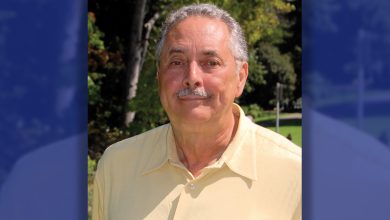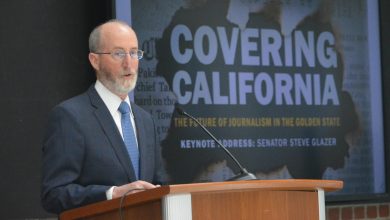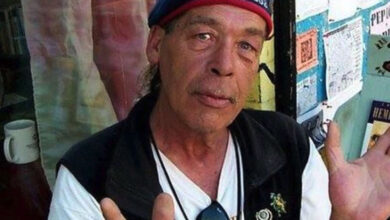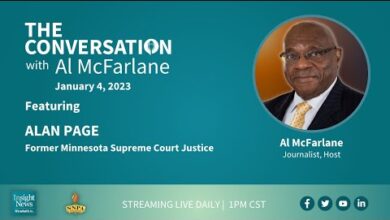‘Ngingubani:’ Who Am I? How DNA and Oral History Helps Black Youth Connect to Tribal Roots
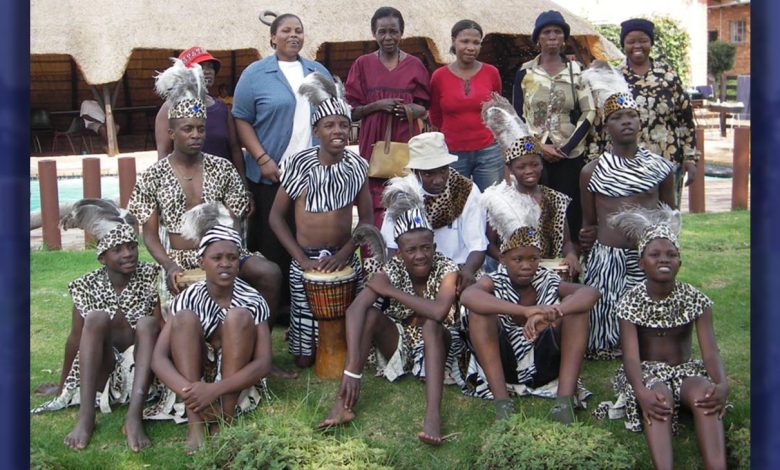
By Chelsea Trautman
‘I didn’t know who I was.’
This was not an uncommon belief for teenage boys plucked from the streets of Johannesburg, South Africa. Often disconnected from their families and living on the streets, they had little evidence of strong family ties. Maybe their story sounds familiar to you. Maybe you find yourself asking similar questions: Who am I? Where do I actually belong?
These questions were the initial inspiration for the Johannesburg Applied Ancestry Program launched in 2006 by researcher and program coordinator Clive Haydon, and Dr. Brian Hill, a university professor at Brigham Young University.
The program’s name: “Ngingubani,” or “Who am I?” in the African Zulu language, has a goal to help teenage boys between the ages of 12-16 better understand their identities by learning and sharing their own family stories.
Connect
One story included a young boy who was separated from his biological mother when he was only 5 years old. Having no written history or knowledge of his family, his story was like many at the Twilight Children’s Center in Johannesburg where the program took place.
Through outreach to extended family, program social workers were able to find this young boy’s mother and facilitate their reuniting nearly 14 years after their separation.
After being connected with unknown relatives, participants sat down for an interview to learn the stories of those who had gone before them: the boys developed a stronger sense of self after hearing their rich oral history from people who shared their blood, culture, and heritage.
Robyn Fivush, PhD and professor of Psychology at Emory University stated: “These kinds of family stories create meaning beyond the individual. To include a sense of self through historical time and in relation to family members” (Jorgenson & Bochner, 2004: Norris, Kuiack, & Pratt, 2004).
Belong
The interviews and DNA samplings gave insight about these young boy’s native ancestral tribes. While not all participants were reunited with parents, they were all still able to connect with a living relative.
Through a culminating cultural celebration, participants at the Twilight Children’s Center dressed in traditional tribal clothing, and shared dances, artwork, and personal stories from the knowledge they gained during the program. This emotional tearful event made the boys feel valued by their parents and motivated their belief in who they could become.
Become
Thanks to DNA testing and family history stories, many can now discover their heritage and find a similar connection and belonging with deceased and distant family members.
A great way to begin is by telling family stories. Tell them as they are, setting aside opinions and personal bias to allow one’s family to interpret the meaning themselves.
For information on how to start, visit: familysearch.org, or through visiting a cemetery or by celebrating an ancestor’s birthday.
The ripple effect of family storytelling has the capacity to answer “Ngingubani.”
Chelsea Trautman is a research assistant at Brigham Young University.
